Few destinations in Europe match the surreal wonder of Pompeii, the ancient Roman city eerily frozen in time by the eruption of Mount Vesuvius in 79 AD. Walking its remarkably preserved streets is like stepping straight into another era, where frescoes, bathhouses, and amphitheaters still whisper stories of the past. Whether you’re passionate about archaeology, Roman daily life, or looking for a jaw-dropping day trip from Naples, this spot delivers history with a heartbeat. And because you’re in the heart of Campania, there’s more to your adventure than ruins. Pair your cultural dive with a detour into Campania wineries, many guided experiences include vineyard stops or tastings just outside the archaeological park.
Visit Pompeii and its best things to do?
Wander through the Forum
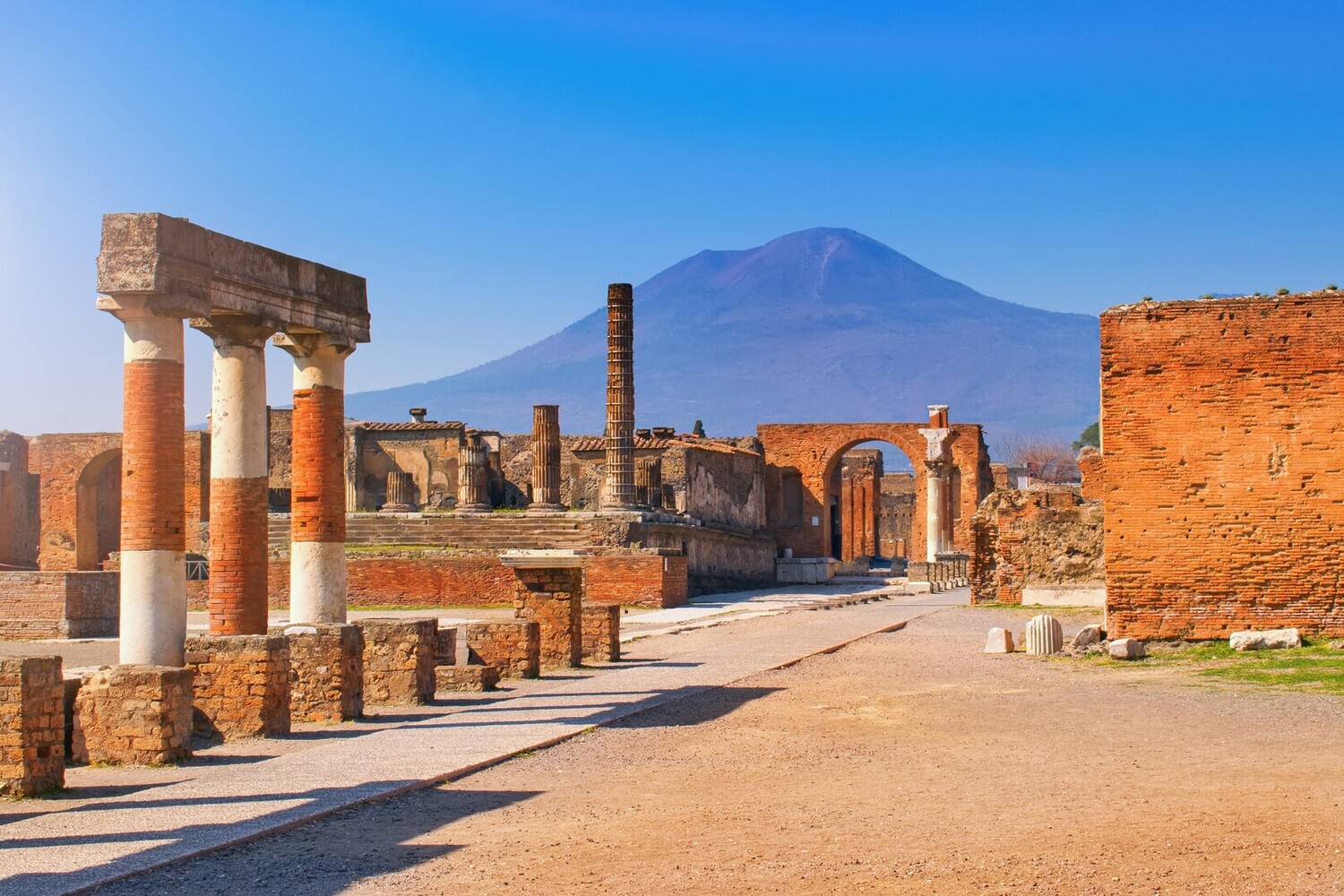
Start your walk through Pompeii, where life once revolved, in the Forum. Just a short stroll, this open space was the city’s beating heart. Imagine locals gathering here to gossip, trade, pray, or argue politics under the shadow of Mount Vesuvius. The view of the volcano from this spot is just surreal. Be sure to look out for the Temple of Jupiter at the north end and what’s left of the grand Basilica, where legal matters and big decisions once echoed between marble columns.
Explore the Amphitheatre
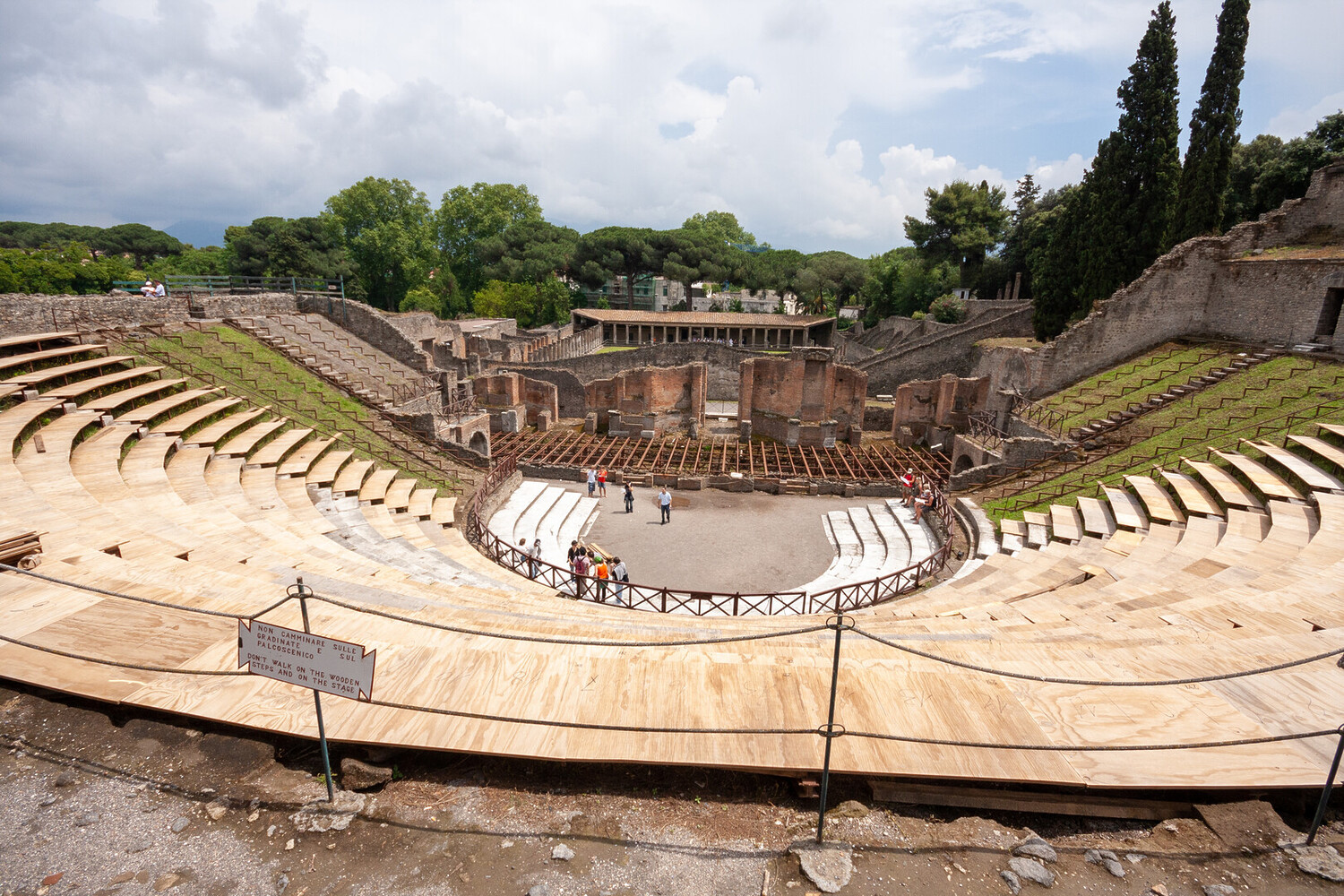
Step inside the Amphitheatre of Pompeii and feel the roar of the crowd echo through time. Built around 70 BC, it’s the oldest surviving Roman amphitheatre in the world, and it could hold over 20,000 people. Gladiator battles, wild shows, and all-out Roman drama unfolded right here, centuries before the Colosseum was even a blueprint. It’s astonishingly well preserved, and walking through its stone corridors is like flipping open a chapter of ancient history.
Visit the Villa of the Mysteries
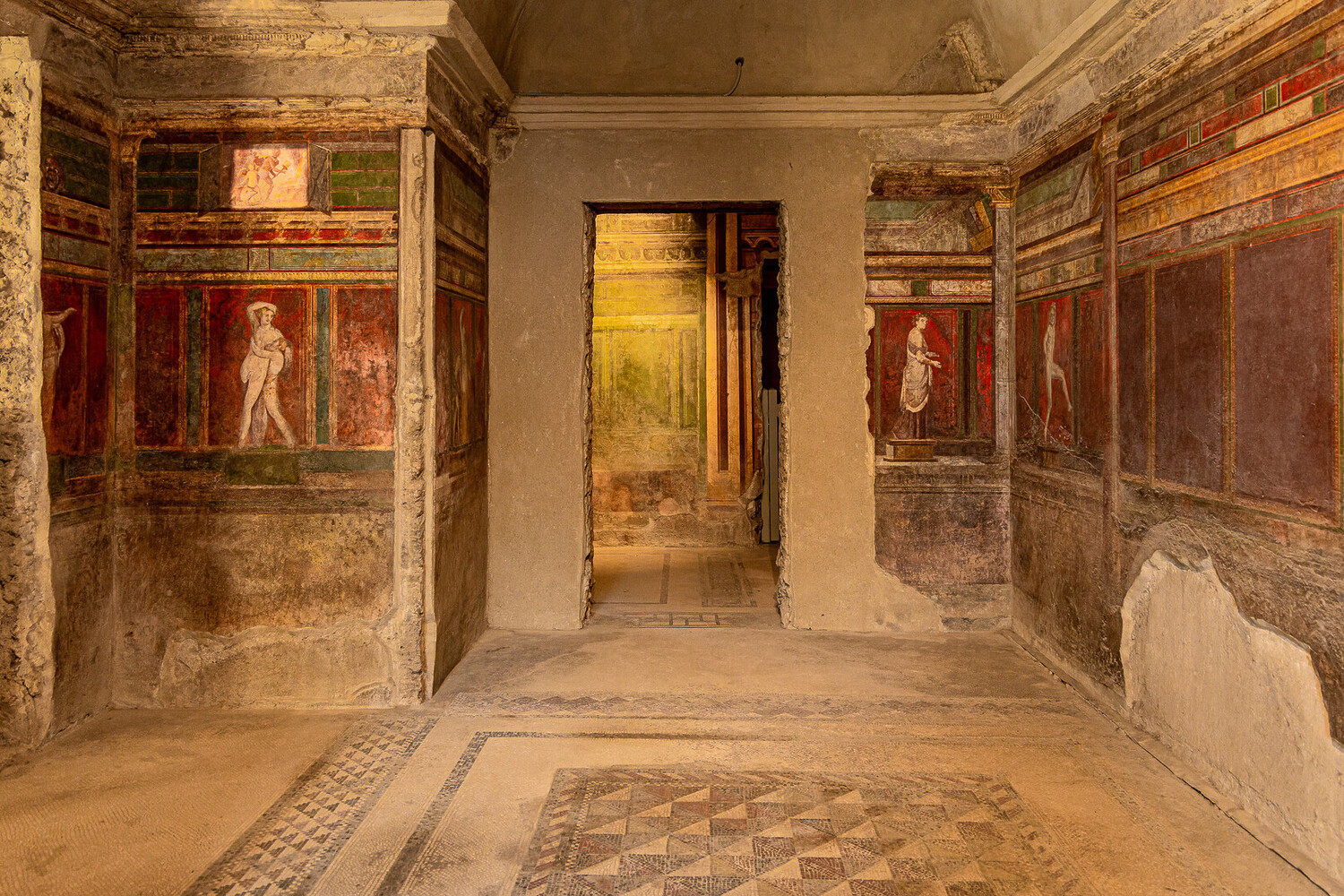
What makes it unforgettable? A room-sized fresco cycle nearly 2,000 years old, believed to show mysterious initiation rites tied to the cult of Dionysus. The colors are still rich, the figures nearly life-size, it feels like they might step out of the walls. If you’re even a little into art, mythology, or ancient intrigue, this villa is a must-see. It also gives you a rare peek into the private, lavish side of Roman life.
Walk to the House of the Faun
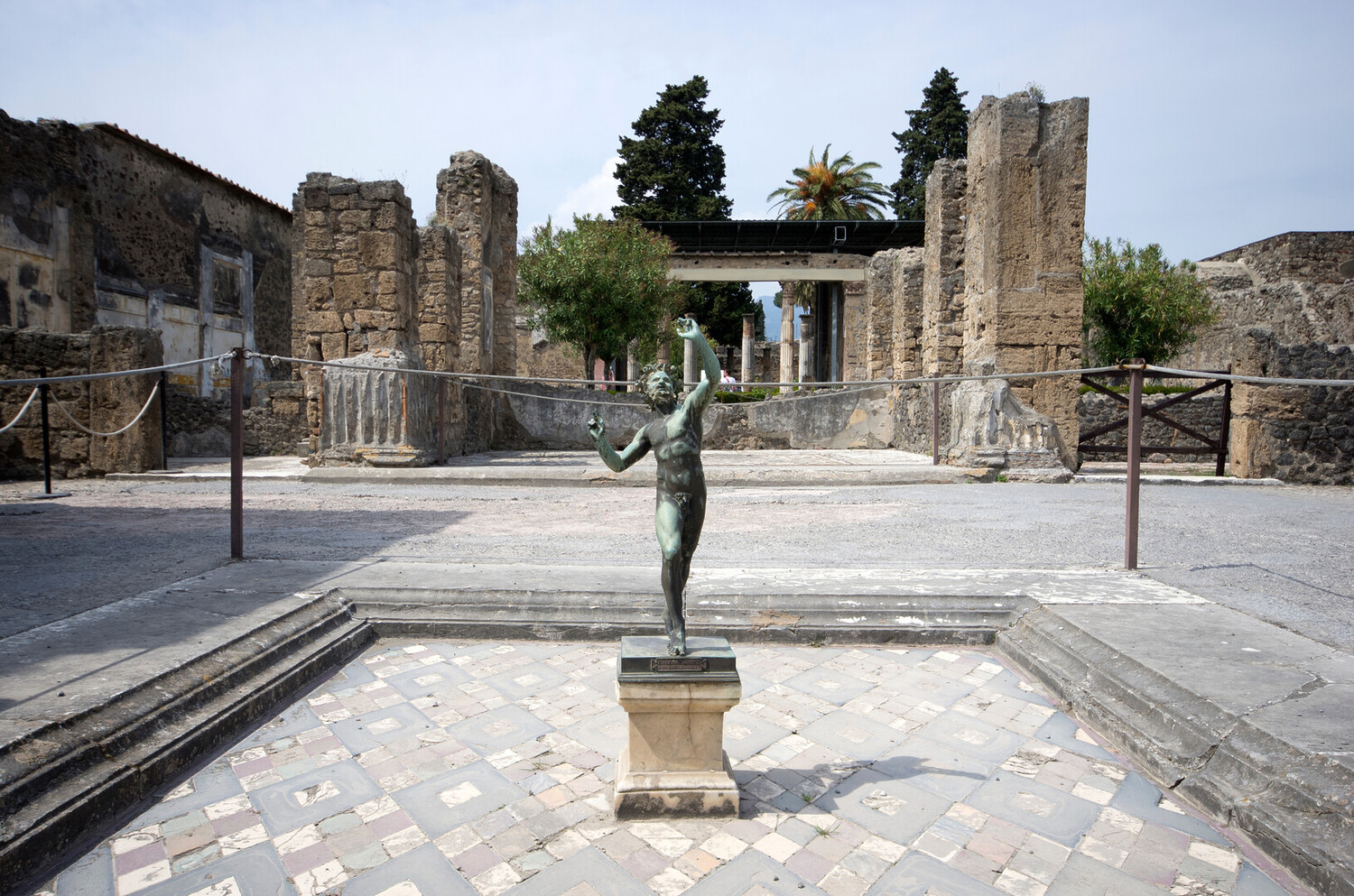
Step inside the House of the Faun and you’re instantly transported into the lavish world of Pompeii’s elite. This massive residence wasn’t just a home, it was a statement. You’ll spot the famous “Alexander Mosaic,” an incredibly detailed floor piece showing the battle between Alexander the Great and Darius of Persia. It’s wild to think this level of artistry once sat underfoot. With grand courtyards, fountains, and that iconic dancing faun statue, it’s easy to imagine the kind of luxury that defined upper-class life before it all.
Step Inside the House of the Vettii
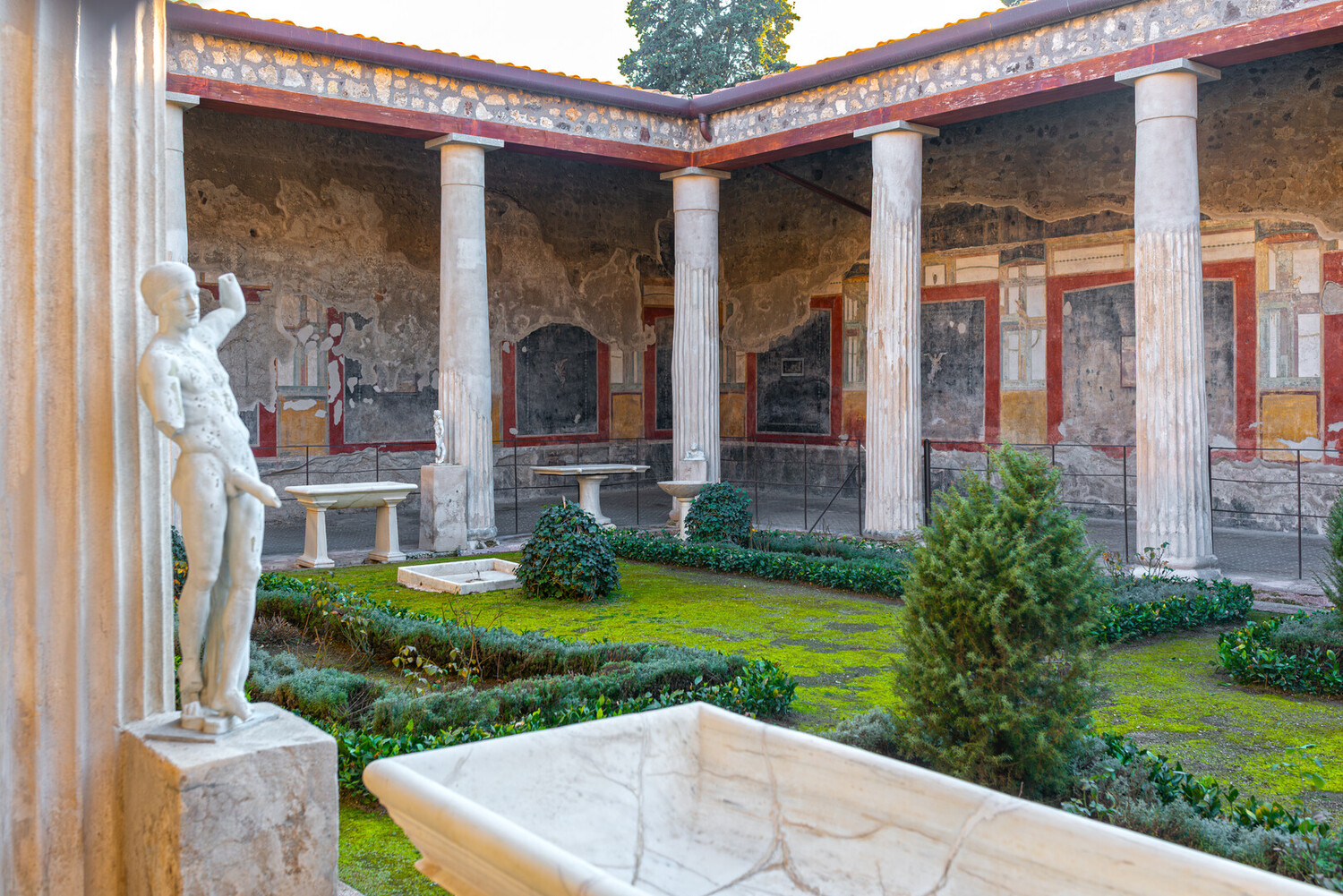
Fresh from a careful restoration, the House of the Vettii gives you a front-row seat to Roman domestic life at its most extravagant. This villa belonged to two wealthy freedmen, and the wall frescoes are jaw-dropping, especially the ones showing mythological scenes and cheeky cupids going about daily chores.
Discover the public baths
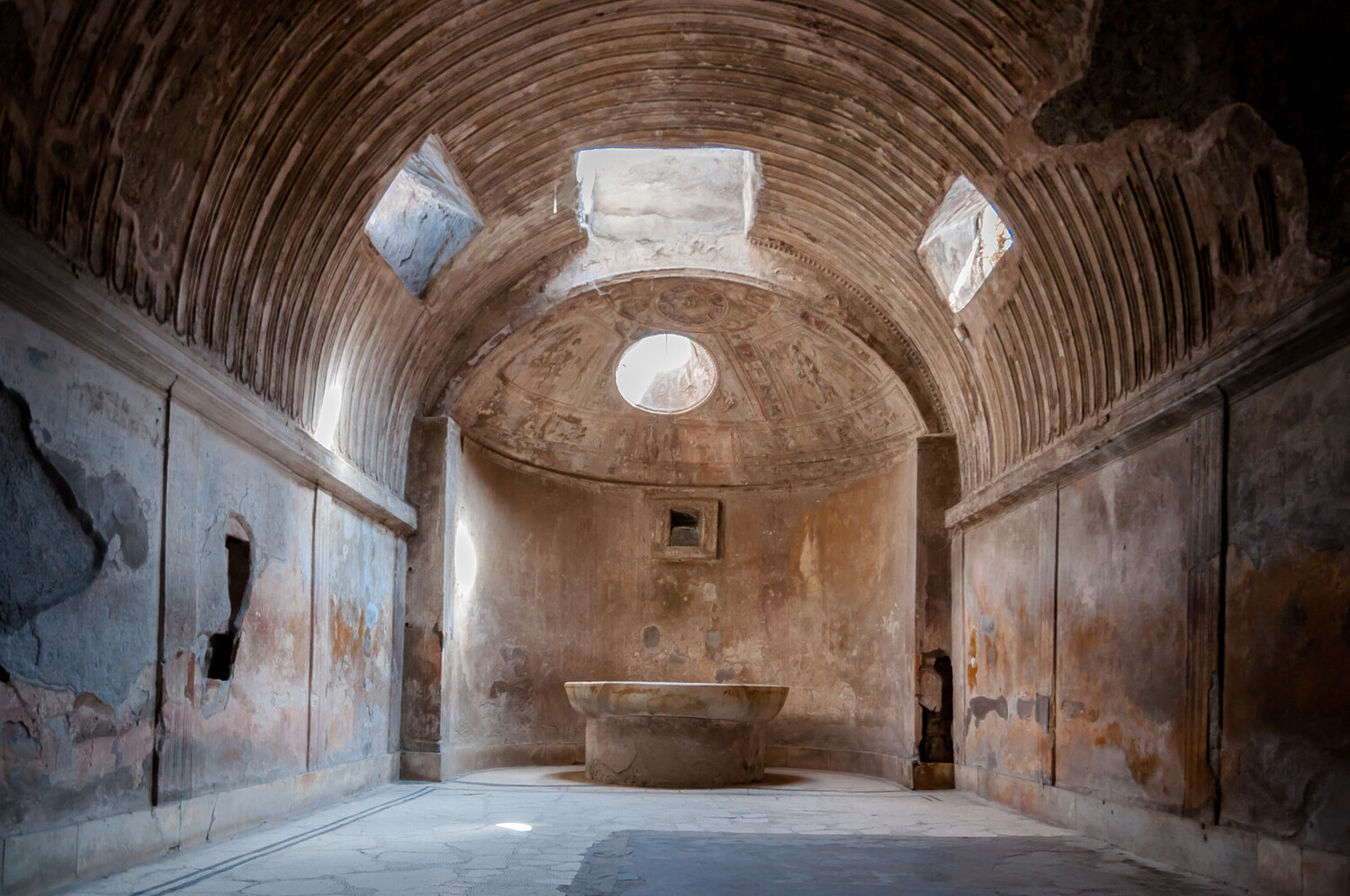
These are the oldest public baths in Pompeii, and they’re still impressively intact. You’ll see everything from changing rooms to steam rooms, plus the clever Roman heating system that kept things toasty long before boilers existed. With original plaster and frescoes still clinging to the walls, it’s one of the coolest spots to imagine what a spa day looked like almost 2,000 years ago.
Stroll Through the Garden of the Fugitives
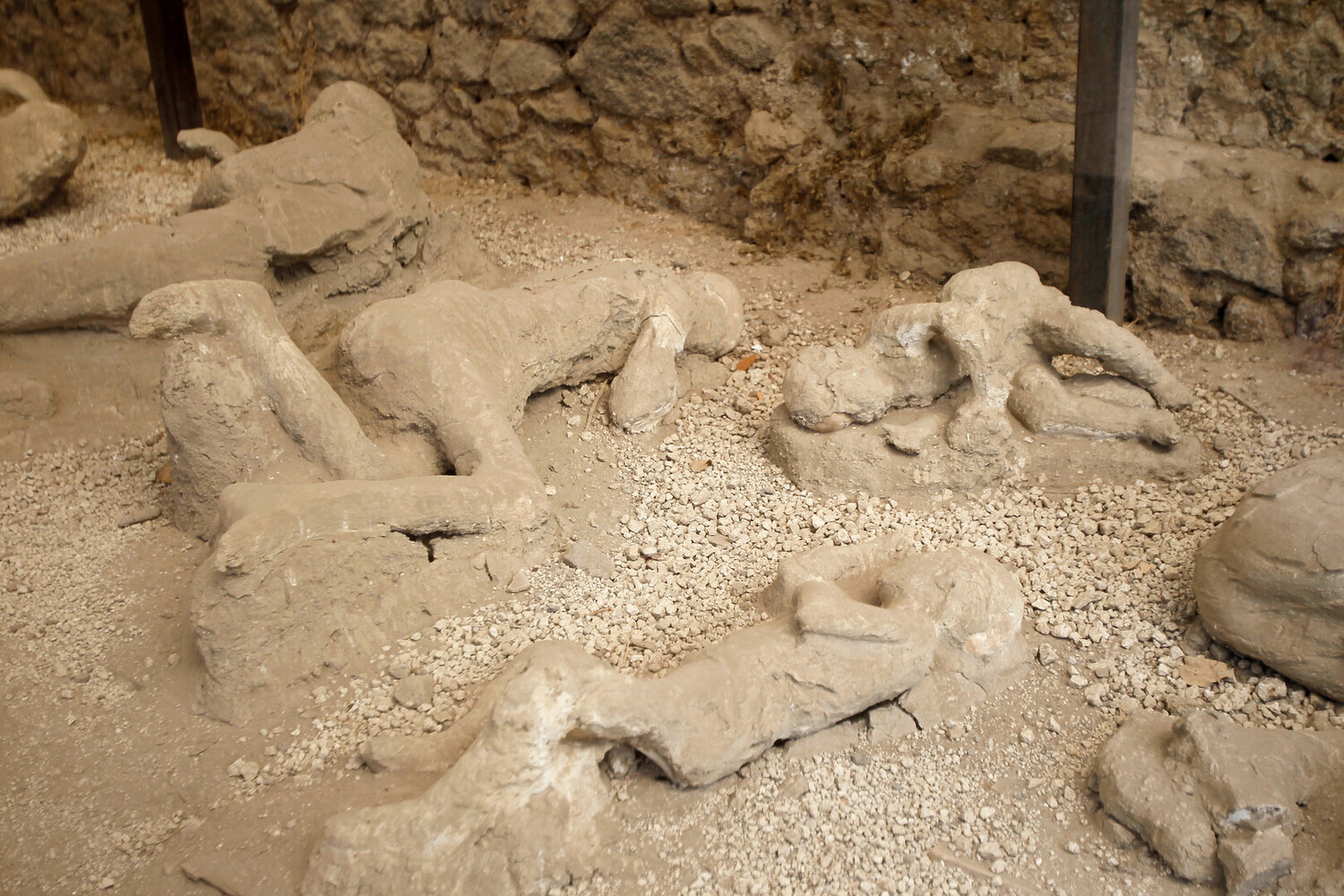
One of the most moving stops in Pompeii, the Garden of the Fugitives holds plaster casts of victims caught in their final moments as they tried to flee the eruption. Preserved in haunting detail, these figures offer a powerful, human connection to the tragedy of 79 AD. It’s a sobering reminder that this once-bustling Roman city was frozen not just in stone, but in lives interrupted.
Explore the Temple of Apollo
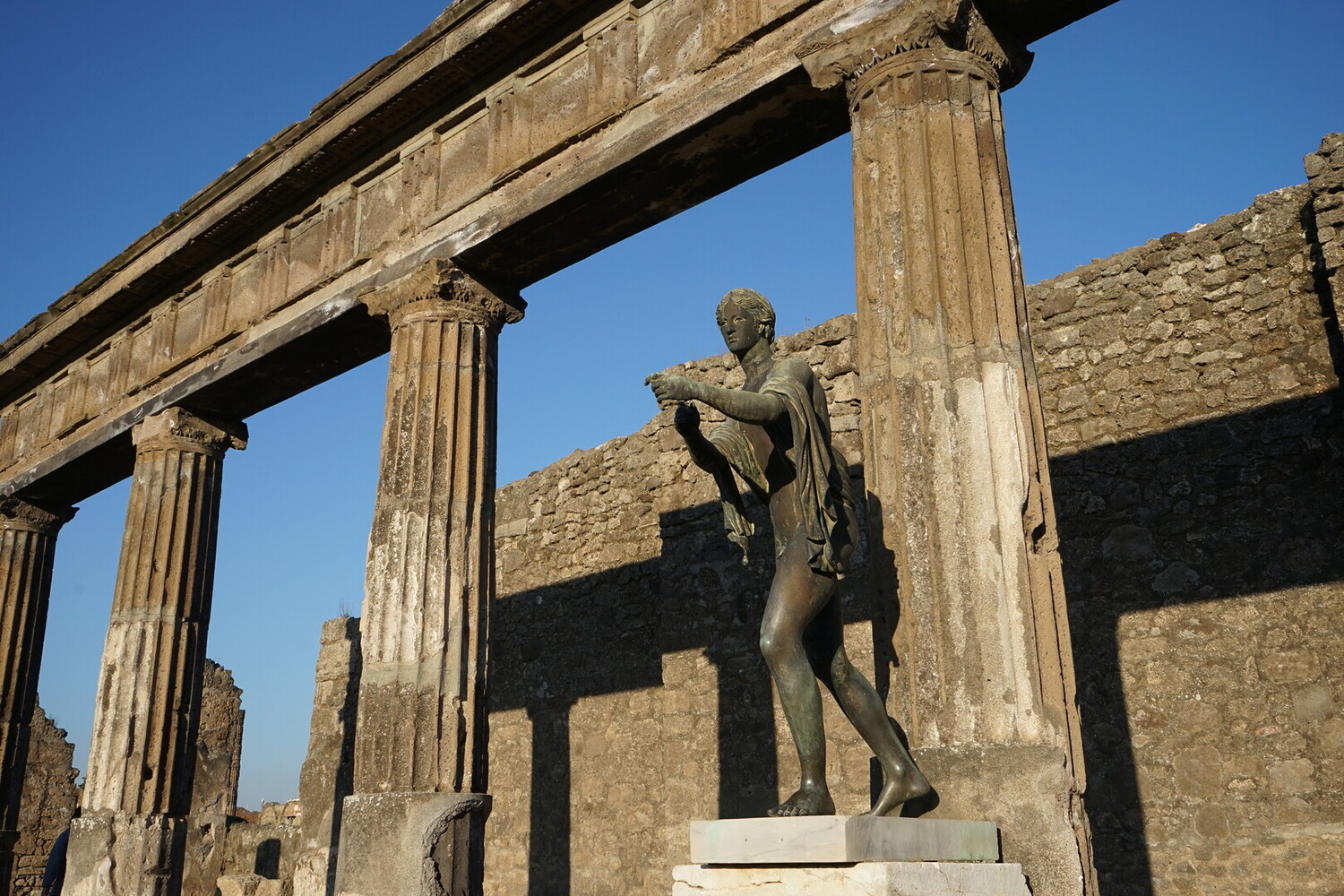
Just steps from the Forum, the Temple of Apollo is one of the oldest and most atmospheric sites in town. With its standing columns and fragments of statues still watching over the courtyard, it gives you a real feel for the city’s spiritual roots. Pause here for a moment, it’s easy to imagine the hum of ancient rituals unfolding against the dramatic backdrop of Mount Vesuvius.
Marvel at the bakeries
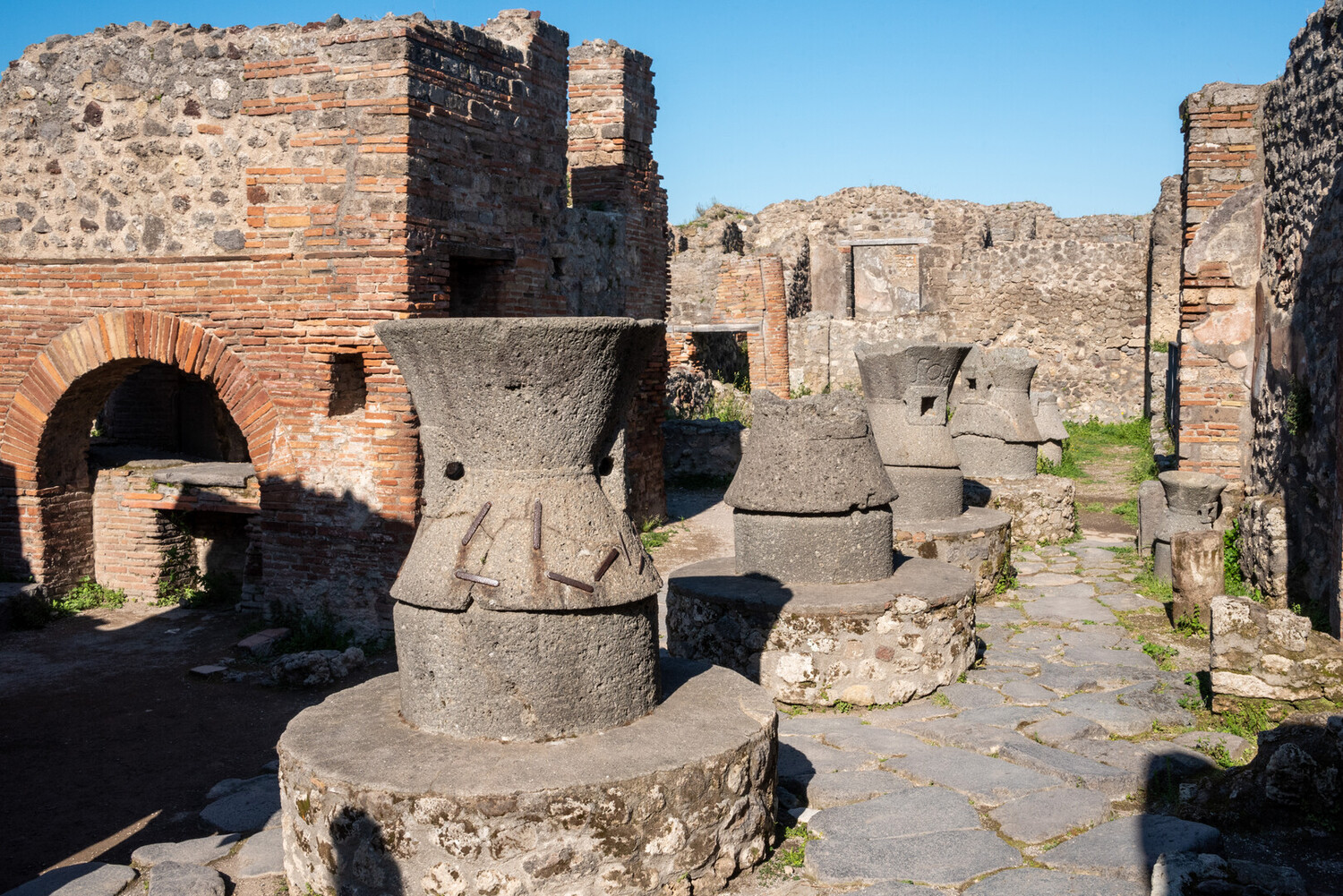
Yes, Pompeii had real bakeries, and they were busy ones! As you wander through the ruins, you’ll spot round stone mills once used to grind grain, wood-fired ovens still blackened by use, and even carbonized loaves of bread left behind by the eruption. It’s one of the most surprisingly human spots in the city, proof that Romans loved fresh bread as much as we do today.
What are the best things to do around Pompeii?
Experience Mount Vesuvius
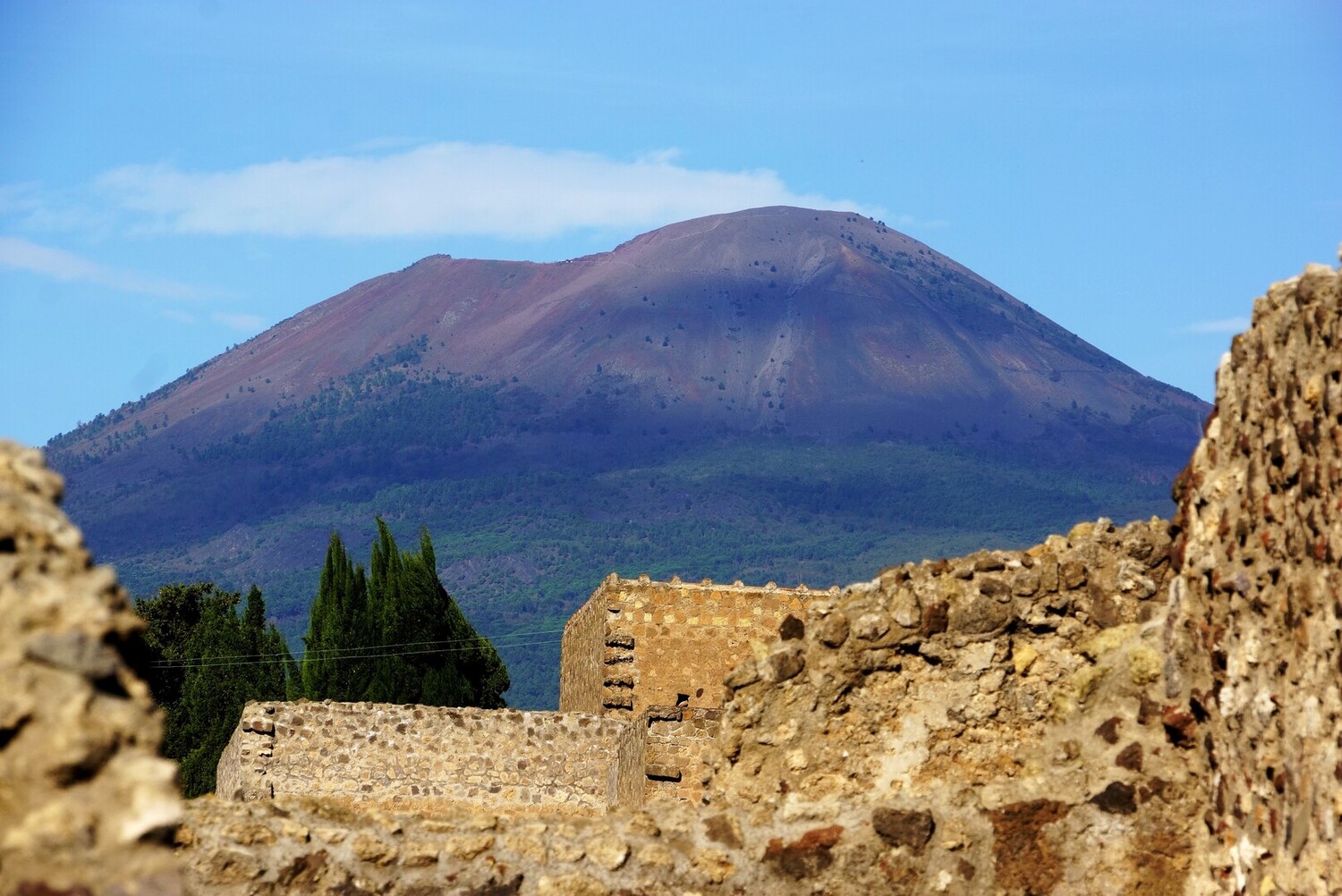
Balance the ruins with a little adventure, hike up Mount Vesuvius! Just a short drive from Pompeii, this still-active volcano towers at about 1,280 meters and offers sweeping views over the Bay of Naples. The 30-minute hike to the crater is surprisingly doable, and standing on the rim of the volcano that changed history? Unforgettable.
Explore the vineyards of the region

Just a short drive from Pompeii, the Campania region pours centuries of history straight into your glass. Thanks to the mineral-rich volcanic soil left behind by Mount Vesuvius, this area produces bold reds like Taurasi and crisp whites such as Greco di Tufo. After exploring ancient streets and ruins, why not toast to Roman legacy with a glass of local wine? Scenic vineyards offer tastings and tours that dive into age-old winemaking methods, some even in Roman-style cellars.
Wander through Herculaneum’s preserved streets
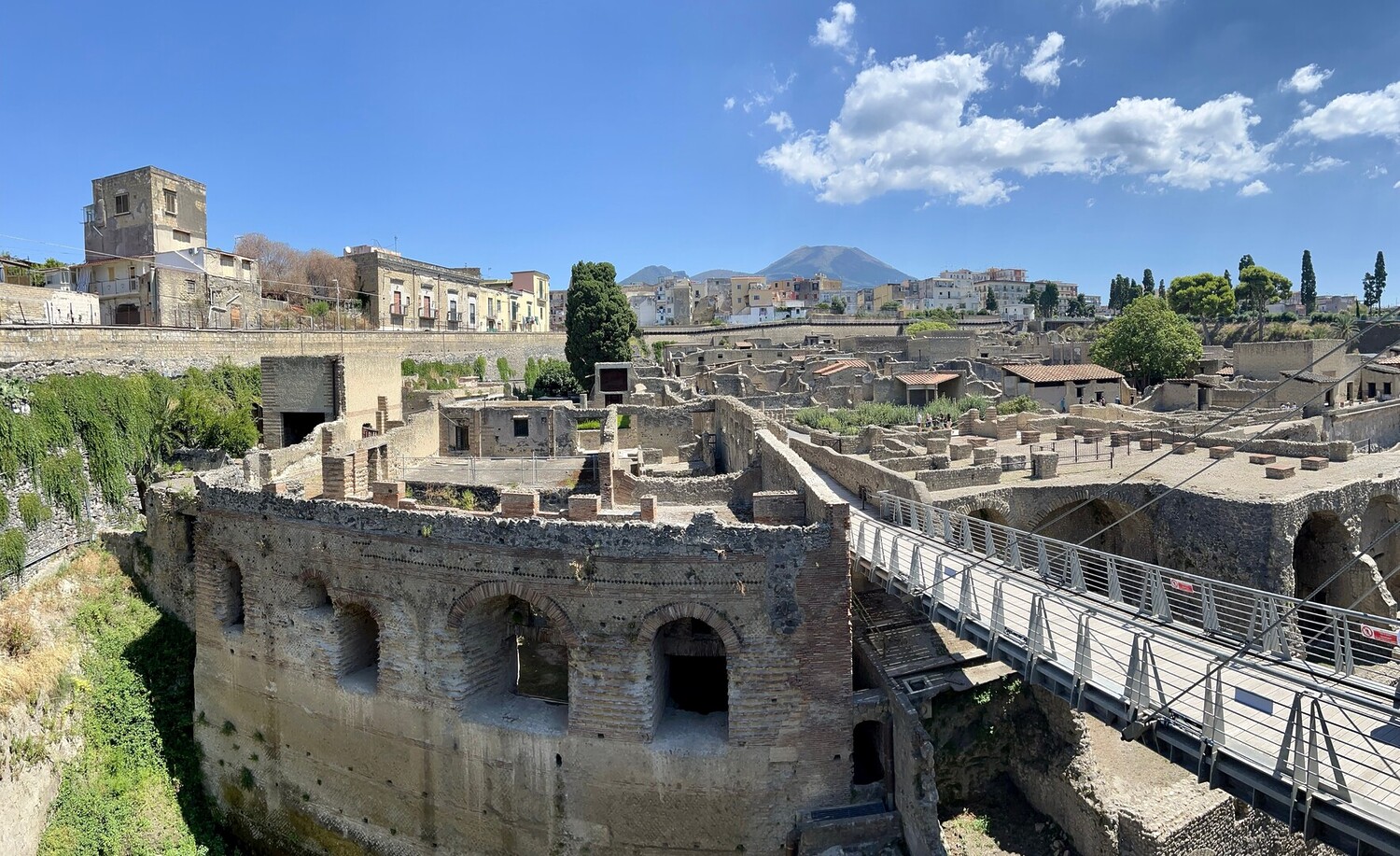
Often skipped in favor of Pompeii, Herculaneum is the hidden gem you’ll be glad you didn’t miss. Also buried by the eruption of Mount Vesuvius in 79 AD, this ancient Roman town is smaller, quieter, and incredibly well-preserved, think vibrant frescoes, mosaics, wooden doors, and even upper floors still standing. You can explore at your own pace or join a private guide to dive deeper into daily Roman life. It’s the perfect side trip if you’re already planning to visit Pompeii.
Ready to explore its more peaceful twin? Don’t miss our guide and visit Herculaneum Italy!
Roam the historic Naples
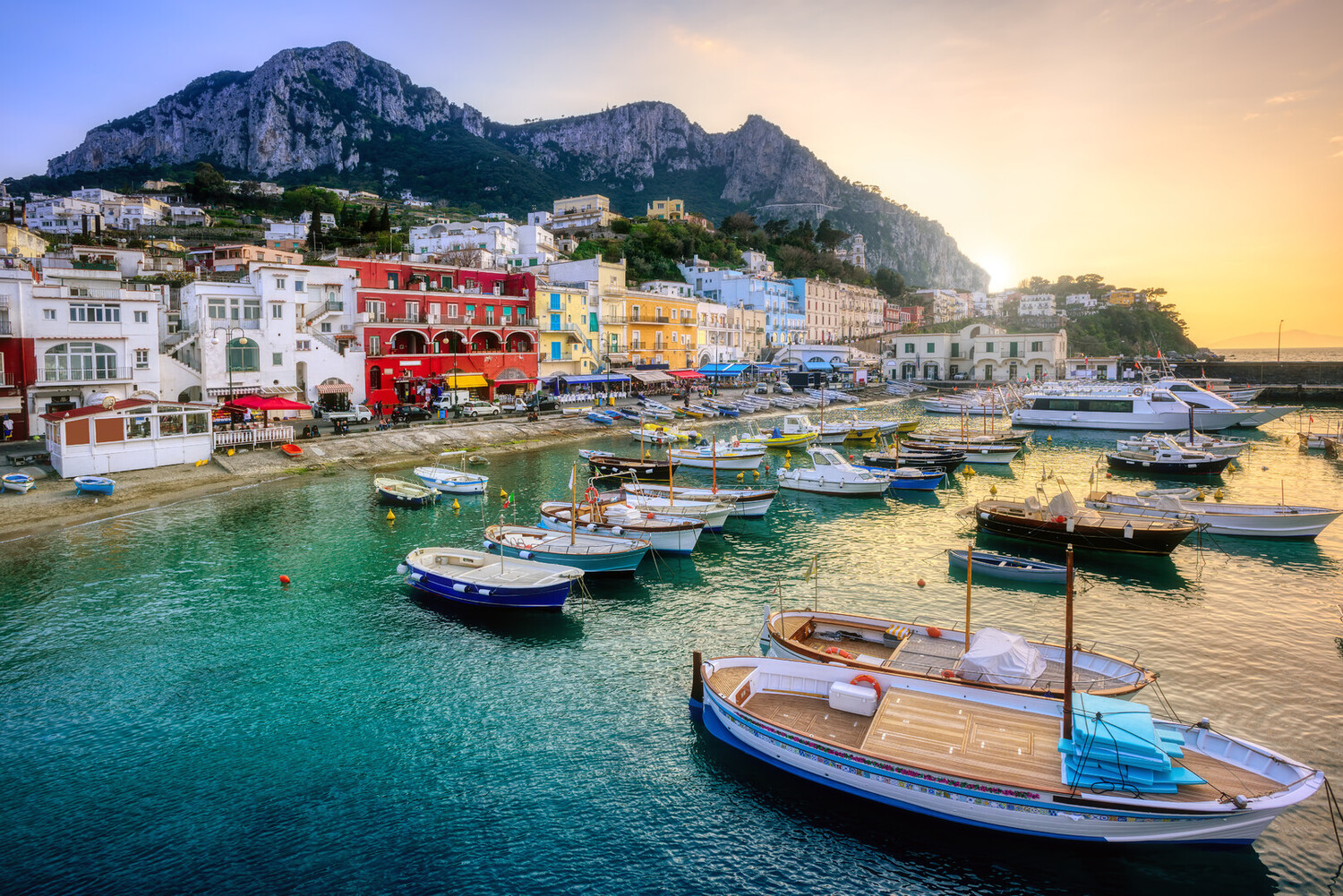
After wandering through Pompeii’s ancient streets, hop on the Circumvesuviana train and you’ll be in Naples in under an hour. This buzzing city is where Roman history meets real-deal Neapolitan energy. The National Archaeological Museum holds the best of Pompeii’s treasures, mosaics, statues, frescoes, and more, all rescued from the ruins. While you’re in town, grab a slice of the original pizza, wander vibrant piazzas, and soak up the chaos and charm that make Naples and its wine tours unique.
Done with ruins? Time to dive into the best things to do in Naples!
Discover the charm of Sorrento on a day trip

Just a short train ride or scenic drive from Pompeii, Sorrento feels like stepping into a coastal dream. After wandering ancient ruins and dusty stone streets, this cliffside town welcomes you with sea breezes, lemon groves, and breezy café life. Grab a spritz in Piazza Tasso, browse ceramics in the old town, or treat yourself to a long lunch overlooking the Bay of Naples. It’s the perfect reset after Pompeii’s intensity, where history ends, la dolce vita begins.
Here are the top things to do in Sorrento Italy!
Good to Know before visiting Pompeii, Italy
Why should you visit Pompeii?
Pompeii offers a rare glimpse into life in an ancient Roman city frozen in time. Buried beneath volcanic ash after the eruption of Mount Vesuvius in 79 AD, the city is astonishingly well-preserved, with homes, frescoes, baths, temples, and even graffiti still visible. It’s a UNESCO World Heritage Site and one of the most fascinating archaeological sites in the world, ideal for history buffs, culture lovers, and curious travelers alike.
How do you plan a trip to Pompeii?
Pompeii is easily accessible from Naples (about 30 minutes by train) and Sorrento (approximately 40 minutes). The Circumvesuviana train line runs frequently between these cities, stopping at Pompei Scavi-Villa dei Misteri station, just minutes from the main entrance. Plan for at least half a day, though a full-day visit allows you to explore more comfortably. Pair it with nearby attractions like Mount Vesuvius or Herculaneum for a richer experience.
What should you know before visiting Pompeii?
Wear comfortable footwear,Pompeii covers a vast area with uneven cobbled streets. Bring sunscreen, water, and a hat, especially in warm months. Restrooms and snack spots are available on-site, but options are limited, so consider bringing your own snacks. Download the official Pompeii guide app or join a guided tour to truly grasp the historical context behind the ruins. Lastly, the site is largely open-air with little shade, so plan accordingly.
When is the best time to visit Pompeii?
The best times to visit Pompeii are during the spring (April to June) and fall (September to October), when temperatures are milder and the crowds are more manageable. Summer can be very hot and crowded, while winter may bring rain and limited daylight. Early mornings and weekdays typically offer a quieter, more comfortable experience.
Can you visit Pompeii without a tour or guide?
Yes, you can absolutely visit Pompeii on your own. A self-guided visit allows flexibility and freedom to explore at your own pace. Even so, using an audio guide, app, or printed map is highly recommended to navigate the vast ruins and understand the historical context. Tours with certified guides offer deeper insights and storytelling, enhancing the overall experience, but are not mandatory.
Can you just show up at Pompeii without booking in advance?
Yes, you can buy tickets on-site, but during high season or weekends, queues at the entrance can be long. To save time and secure your preferred visiting slot, it’s best to book online in advance via the official Pompeii website or trusted travel platforms. Online tickets often come with skip-the-line access or bundled tours.
What are the best hotels in Pompeii?
Staying near Pompeii offers convenience for early visits and access to other nearby attractions. Recommended accommodations include:
- Hotel Forum: A charming 4-star hotel a short walk from the archaeological site, with beautiful gardens and a rooftop terrace.
- Habita79: A modern boutique hotel offering spa services and rooftop views, perfect for a stylish stay.
- Villa Franca: A cozy guesthouse surrounded by citrus gardens, ideal for a peaceful retreat.
What are the best restaurants in Pompeii?
Pompeii offers a delightful culinary experience with a mix of traditional Campanian dishes and Neapolitan favorites. Top restaurants to try include:
- Ristorante President: A Michelin-starred restaurant delivering refined takes on local cuisine in an elegant setting.La Bettola del Gusto: Known for creative seafood dishes and an excellent wine list — a must-visit for foodies.Hostaria Plinio: Just steps from the ruins, this trattoria offers authentic Italian classics and friendly service.I Matti: A casual spot with wood-fired pizza and hearty pasta dishes, perfect after a long day of exploring.
How can you make the most of your visit to Pompeii?
To get the most out of your Pompeii visit, arrive early to beat the crowds and heat. Download the official Pompeii app or join a guided tour to deepen your understanding of the site. Stick to a logical path (the forum area, villas, baths, and theaters), but don’t shy away from wandering side streets, they often lead to hidden gems. Take plenty of breaks and stay hydrated. If you have time, combine Pompeii with a visit to Mount Vesuvius or Herculaneum to complete your ancient Roman adventure.



